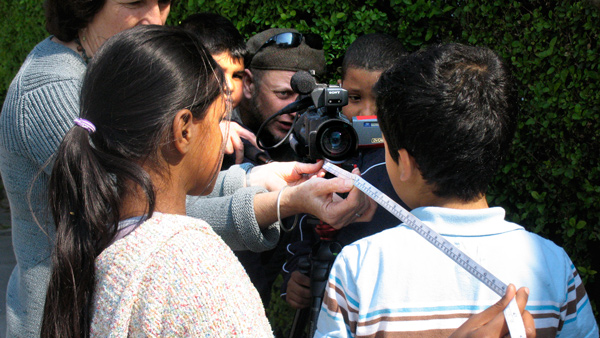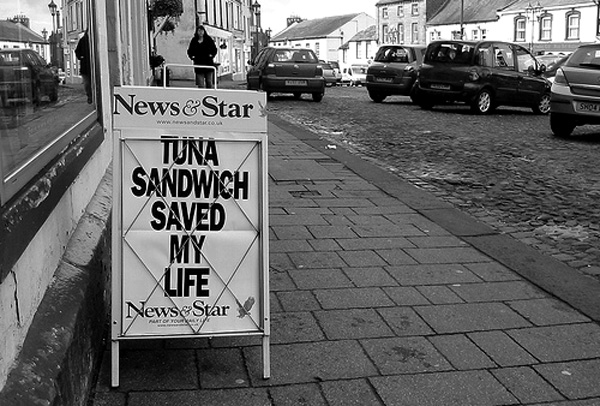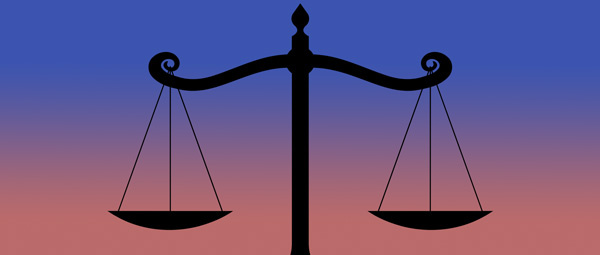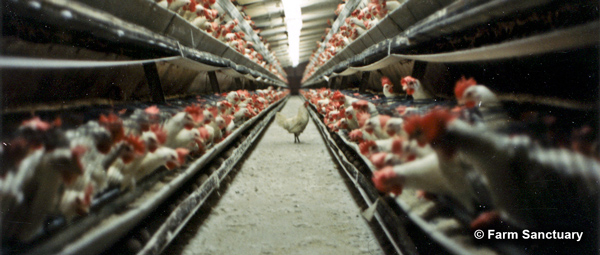The Filmmaker's Intent
Why make a documentary and not a drama? Why reconstruct some parts and not others? How does the filmmaker make these decisions?
Some choices seem obvious: a filmmaker decides to make up their own story instead of observing real-life stories. And we can't go back in time for a documentary about Einstein so we have to reconstruct historic events. Other decisions might not be so obvious: the producer can't afford to send everyone to Egypt for an archaeological adventure story so the crew have to film some scenes in the sand pit in his back garden. There are degrees of fact and fiction to be found in every outcome.
Purpose
- Which came first - the audience or the story?
- Is the film made for the audience's pleasure, or to reach an audience with a message?
- What is its purpose? As a work of art, to entertain, to inform, to persuade, to challenge or subvert, to innovate?
- Or is it all about money....
Each of these will have a different effect on the way the film is presented and the tools and techniques used in its construction.
Next time you go on a school trip to a museum or gallery or site of interest, look at how they have used audiovisual displays or touchscreen computers
Vision, perspective and agenda
Film is somebody's vision that they are sharing, first with their backers, crew and cast, and then with the rest of us.
It is one perspective on the world. Presented through a two-dimensional media, bound by the frame of the screen and the duration of the piece.
Just as with museum exhibitions, books, class projects - and online resources! - it cannot and does not seek to show us the world. Only give us a glimpse into part of it.
Can we trust the voice of the filmmaker?
Some projects are very personal. Others have a political or social agenda.
And as filmmaking equipment and platforms for sharing films have become widely accessible and affordable it's easy for anyone to create a film and put it on display, without restriction and without clear signage about what kind of film it is.
External factors
The filmmaker has to contend with a number of practicalities, restrictions and considerations that affect their final production, whether it is factual or fictional, or any combination of the two.
These factors may not affect the essential truthfulness, or integrity of a film, but they may have a bearing on how much information is given, or the stylistic conventions chosen, the way the story is told, or the use of representation, reconstruction, and symbolism.
Market and media
A short web pop-up or mobile phone animation might be expected only to have a lifecycle of a few weeks, and might be tailored exclusively to the restrictions of the times, media and context in which it will be viewed. It can afford to be highly specific and topical.
In contrast, few cinematic films would be expected to be seen in only one format in one country at one time.
Awareness of the potential platforms and lifecycle of a text is an important consideration for a filmmaker.
- Will it be shown in other territories?
- What sells, and what is politically and socially acceptable in different territories?
- Will the information in the film still be correct in a month's time, six months, a year?
- Will it still be funny?
- What happens if the real world gets in the way?
Look at some of the archive film on Scotland on Screen. How do they seem to us now?
Ethics, the law & responsibility
Ethical considerations affect the process of filmmaking as well as the content of the finished film.
How are contributors treated? Is respect shown for where it is filmed? How carefully does the cast and crew observe its traditions and ways of life during the shoot?
If you want your media to be delivered through pop-ups, adverts in public spaces, or television commercials when children are watching you need to bear this in mind when you are making it.
And above all, your production should not cause harm or put lives at risk, when in production, or when exhibited.
These things may not affect the integrity of a film text but they may mean that some things can't be filmed or can't be shown.
Reality shows seem like the ultimate example of finding, as opposed to constructing. But, consider the physical construction of the Big Brother House. Or Jamie Oliver's Ministry of Food and the way the people of Rotherham felt they were portrayed.
When the BBC filmed their 999 series in the late nineties they honoured a commitment not to reveal certain aspects of the cases which might affect the emergency services' abilities to deal with similar cases in the future.
Can you think of times when films or television programmes have been postponed because their content is too similar to sensitive issues or events that have happened in the world? Why do you think these decisions are made?
Practicalities
There are many practical considerations that impact on the content and construction of a film.
Permissions, consents, contracts and rights are all needed for filming, and each might impact on the freedom of the filmmaker. Whether it's because criteria is attached to the permission to film at a certain location, or a contract specifies certain dates on which an actor is hired, or restrictions apply to copyright clearance for using archive footage.
Risk, danger, insurance for different types of filming and equipment, especially in public places, might be prohibitive. Lack of co-operation from the subject of the film, especially if it is a wild animal or natural phenomenon will drive people to find ways round things. No-one wants to sit in a tropical swamp full of crocodiles for hours on end.
Wildlife documentaries are often filmed mute, with sound added later. Interiors of burrows, or close-ups on animals might be filmed in zoos and cut together with shots of the animals in their wild environment. Is this cheating? Or is it practical, ethical and responsible filmmaking?
Animals don't respond well to production schedules
Timescales, daylight hours, seasons, travel times, accommodation costs, available toilets... you wouldn't necessarily think that these had any bearing on the fact or fiction of a production, but when it comes to arranging a shoot, these mean everything. And of course, that's not forgetting how much it all costs!
Game shows are often filmed intensively over one or more days, then broadcast on separate days or weeks. Does this matter?



